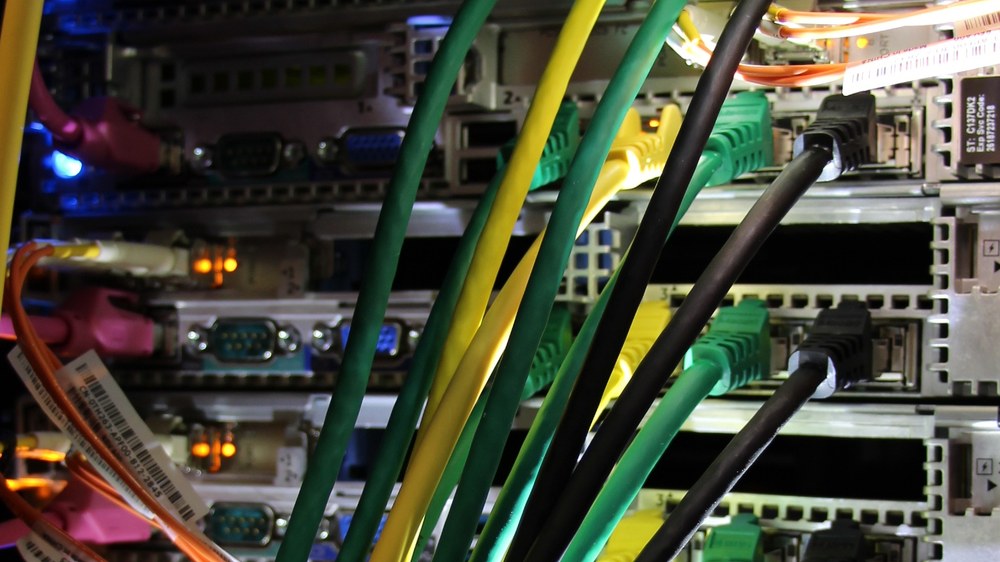The DLR backend - Data linking and provision
Every day, DLR generates enormous volumes of data related to complex information and communication technologies. In order to evaluate, link and retrieve this data for research purposes, a central system component is required to bring it together – the backend.

What is the purpose of the DLR backend?
The backend of the DLR Institute of Transportation Systems is a powerful underlying infrastructure for handling data generated during the research and testing of (inter)urban mobility solutions. All simulation and testing infrastructure comes together here.
The backend consists of:
- a powerful database server
- a central server pool
- comprehensive middleware components
This supports the development of complex information and communication technologies for new transport solutions and enables the networking of the Institute's various services and large-scale research facilities. The backend provides a high-performance virtualisation environment as well as database and archive functionalities. This ensures that important data remain available in the long term and assists the development of new insights by linking data from sensors in different testing, monitoring and measuring systems.
Due to this range of applications, the backend now serves as the central service and data infrastructure for the Institute’s research activities.
To continue to meet the requirements of in-house projects, the DLR backend is subject to constant further development and renewal.
How you benefit from DLR's IT infrastructure
- Data managed in the backend (such as traffic data) can be made available to customers and external partners
- Data are always up to date thanks to continued development of the backend
- Access to information on the traffic situation in the field, locations of traffic lights and signs
- Networking of various services and large-scale facilities (large-scale facilities can be booked by customers for their own tests)
Application
- Storage of operational, test, and measurement data from the large-scale facilities
- Provision of virtual machines that map specific services of the individual large-scale facilities
- Provision of infrastructure for evaluation and analysis, web services and other middleware services
- Mobile devices can retrieve the data in various formats via a WebSocket or a Rest interface.
General and technical data
General data
- Location: Computer centre of the DLR Institute of Transportation Systems
- Commissioning: 2014 (continuous project expansion)
- Operation: Year round
Technical specifications
- Storage
- NetApp network storage with multiple redundant, hot spares, current storage of over one petabyte with possible expansion
- Databases
- PostgreSQL cluster
- three nodes, redundant
- high performance due to SSD cache
- Oracle Exadata Cluster
- relational database, version X8M-2
- two Database Server, 2x8 cores, 384 gigabytes RAM
- Storage Server X8M-2 HC >300 terabytes net memory
- Database Enterprise Edition 19.8
- SPATIAL
- Oracle Platinum Service
- Middleware Software
- Virtualisation environments
- VMWare vSphere7
- oVirt 4.4.9 (test installation)
- Containerisation environments: Tanzu (prod), OKD (test)
- GPU NVIDIA DGX-1 MAXQ
- Middleware Hardware
- nine servers DELL R640
- two servers DELL R750
- two Storage PowerVault MD
FAQ – Frequently asked questions about the DLR backend
What data is collected by the DLR backend?
The backend manages and processes all the data from DLR's IT infrastructure, such as data on simulations, traffic data, communications technology, etc.
Can customers access the backend?
The DLR backend is reserved for internal use, but the processed data can also be made available to customers and external partners.
How can I access data from the DLR backend?
If you would like to use certain data from the backend, please send us a booking request using our form. We are also happy to answer any further questions you may have.
